The field of nanotechnology has witnessed a revolutionary breakthrough with the advent of DNA origami, a technique that allows scientists to fold DNA strands into precise, nanoscale shapes. This innovation has paved the way for the creation of bio-robots—tiny machines designed to operate at the cellular or molecular level. Unlike traditional robotics, these bio-robots are built from the very fabric of life, offering unprecedented precision and compatibility with biological systems.
DNA origami works by exploiting the natural pairing properties of DNA bases. Researchers design a long, single-stranded DNA scaffold that binds to shorter staple strands, folding into predetermined shapes. This method enables the construction of structures as small as a few nanometers, with intricate geometries that can be programmed down to the atomic level. The implications for medicine, materials science, and computing are staggering, as these bio-robots can perform tasks like targeted drug delivery, environmental sensing, and even molecular assembly.
The marriage of biology and robotics has long been a dream of scientists, but DNA origami brings it closer to reality. Traditional robots, made of metals and plastics, struggle to interact seamlessly with living tissues. Bio-robots, however, are inherently biocompatible. They can navigate the bloodstream, recognize specific cells, and execute programmed functions without triggering immune responses. This opens doors to treatments for diseases like cancer, where precision is paramount.
One of the most exciting applications of DNA origami bio-robots is in targeted drug delivery. Chemotherapy, for instance, often harms healthy cells alongside cancerous ones. A bio-robot could be designed to release drugs only when it encounters a tumor, minimizing side effects. Early experiments have shown promise, with DNA-based carriers successfully delivering payloads to cancer cells in lab settings. The ability to customize these robots for individual patients could revolutionize personalized medicine.
Beyond healthcare, DNA origami bio-robots could transform manufacturing. At the nanoscale, materials exhibit unique properties that bulk materials lack. By assembling structures atom by atom, scientists could create ultra-strong, lightweight materials or ultra-efficient catalysts for industrial processes. The potential for environmental applications is equally compelling. Bio-robots might one day clean pollutants from water or break down plastic waste at the molecular level.
Despite the excitement, challenges remain. Scaling up production of DNA origami structures is costly and time-consuming. Stability is another concern; DNA can degrade in certain environments, limiting the durability of bio-robots. Researchers are exploring solutions, such as coating DNA structures with protective polymers or integrating synthetic molecules to enhance robustness. The field is young, but progress is rapid, with new papers published almost weekly.
Ethical considerations also come into play. As with any emerging technology, the potential for misuse exists. Bio-robots capable of altering cellular behavior could raise concerns about biosecurity and unintended consequences. Regulatory frameworks will need to evolve alongside the science to ensure these tools are used responsibly. Public dialogue will be crucial in shaping policies that balance innovation with safety.
Looking ahead, the convergence of DNA origami, robotics, and artificial intelligence could unlock even greater possibilities. AI algorithms are already being used to design more complex DNA structures, optimizing shapes for specific tasks. Meanwhile, advances in CRISPR gene-editing technology might allow bio-robots to not just deliver drugs but also repair genetic defects. The line between machine and organism is blurring, heralding a new era of programmable biology.
What makes DNA origami particularly compelling is its accessibility. The basic techniques can be implemented in moderately equipped labs, democratizing nanotechnology research. Universities and startups worldwide are entering the field, fostering a collaborative ecosystem. Open-source software for designing DNA structures has further accelerated innovation, allowing researchers to share blueprints and build on each other’s work.
The journey from lab curiosity to real-world applications is underway. While mass-produced DNA bio-robots are still years away, prototypes are already demonstrating their potential. From dismantling blood clots to assembling nano-electronics, the versatility of these machines is limited only by imagination. As funding pours into nanotech and interdisciplinary teams tackle remaining hurdles, the dream of a nanoscale workforce is inching closer to reality.
For now, the scientific community remains cautiously optimistic. Each breakthrough brings new questions, but also new tools to answer them. DNA origami bio-robots represent more than just a technological leap—they redefine how we interact with the building blocks of life. Whether in medicine, industry, or beyond, their impact may one day rival that of the microchip or the steam engine, marking a turning point in human ingenuity.

By /Jul 2, 2025
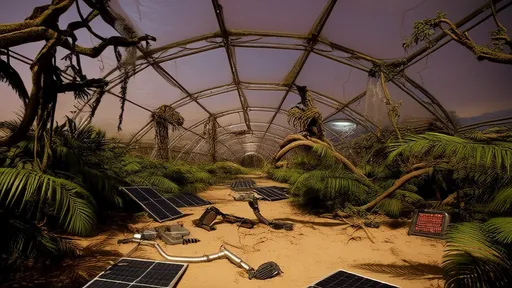
By /Jul 2, 2025

By /Jul 2, 2025
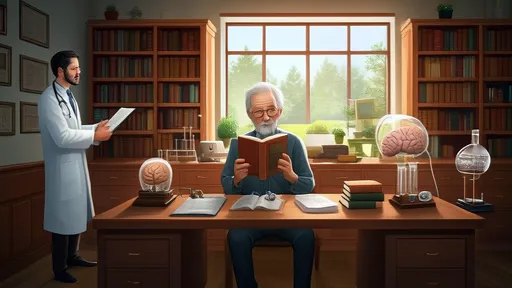
By /Jul 2, 2025
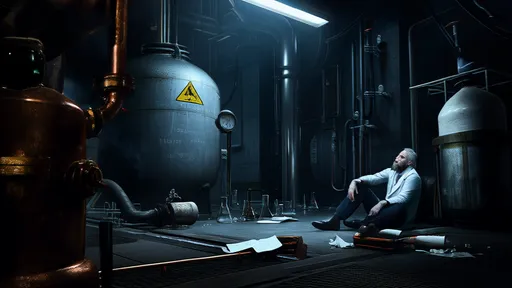
By /Jul 2, 2025

By /Jul 2, 2025

By /Jul 2, 2025
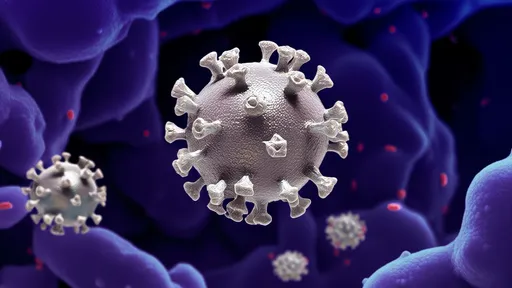
By /Jul 2, 2025

By /Jul 2, 2025

By /Jul 2, 2025

By /Jul 2, 2025
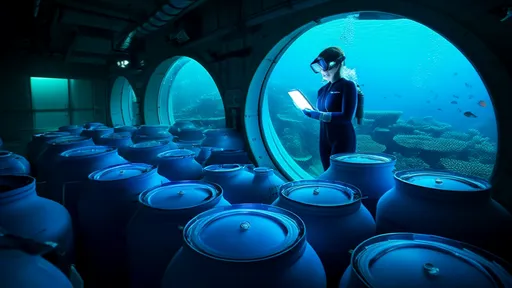
By /Jul 2, 2025

By /Jul 2, 2025
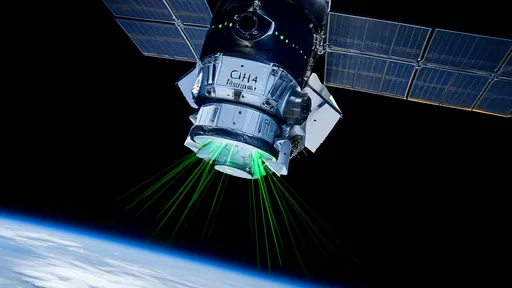
By /Jul 2, 2025

By /Jul 2, 2025

By /Jul 2, 2025

By /Jul 2, 2025